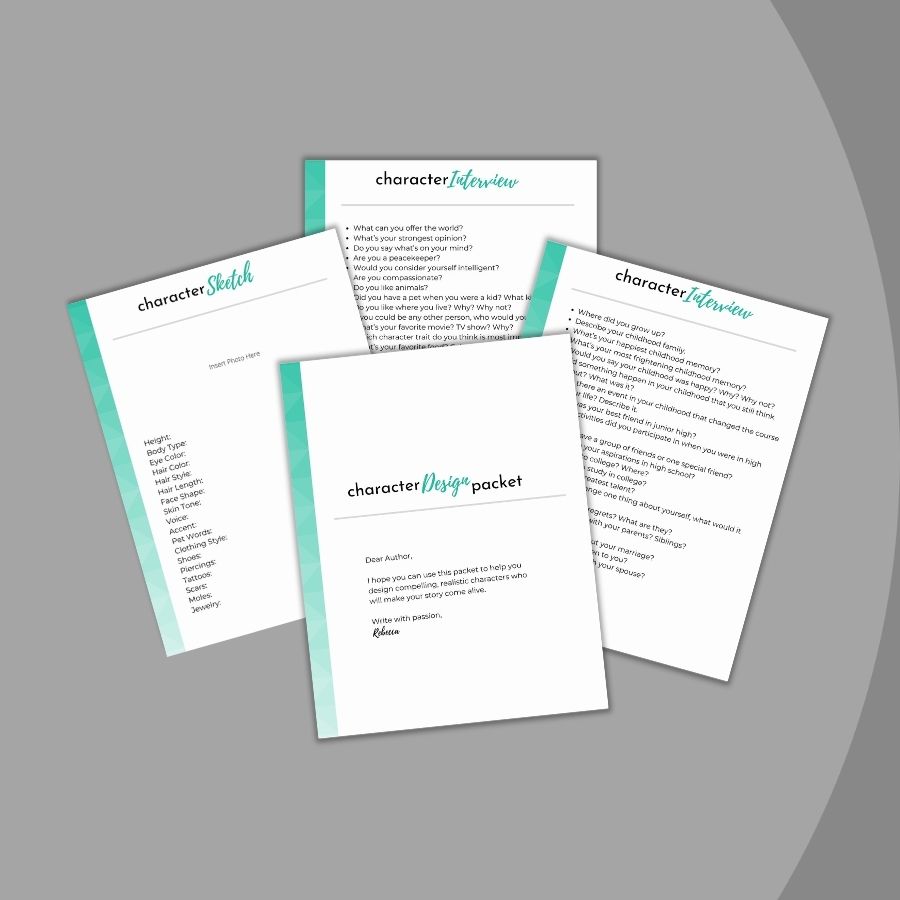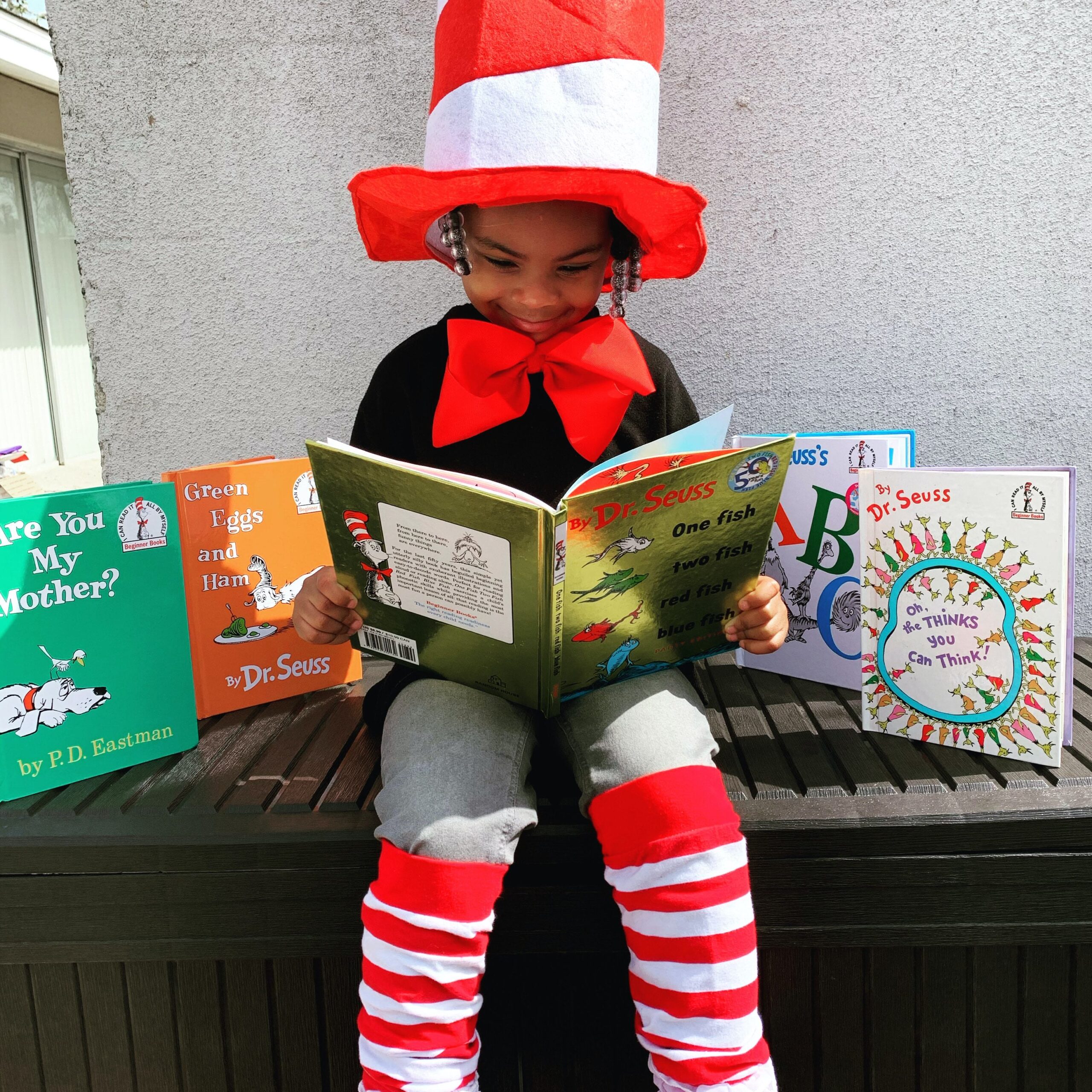
Creating 3D Characters: Some Tips
Characters can make or break your fiction. It’s imperative that you people your story world with three-dimensional characters who feel real. Cardboard characters used merely to push your plot along will leave readers feeling empty. Satisfying fiction is filled with 3D characters that readers believe could be their next-door neighbors. The more realistic, the better.
Readers don’t want flat characters. They want characters with dimension. They want characters with depth. If you’ve ever seen “Shrek,” you might remember the scene when he talks about ogres being like onions. You want your characters to be like onions with lots of layers that readers are anxious to peel away as they get to know them.
Here are some tips to creating fully-developed characters.
Physical Characteristics of 3D Characters
Of course, you want readers to have a physical sense of your characters. You can include their hair color, eye color, physical stature, and even skin tone. Filling out a character description sheet will help you keep track of your character’s physical features.
Another way to do this is to thumb through a magazine or surf websites until you find a model that most closely resembles the character in your mind. You can then refer back to this image to make sure your physical descriptions are consistent throughout your story.
I like to create a document with images of my characters along with other physical descriptions like height, weight, body type. I print out this document and keep it close as I write the story.
Remember, though, that the physical descriptions only scratch the surface of your characters—don’t stop there. To effectively create compelling characters you have to dig deeper.
Personality Development
One of the best ways to learn more about your character is to interview her. Ask her questions and listen to her answers. You might be surprised what you learn. Ask her where she grew up, if she was happy as a child, which parent she was closest to and why, and if anything traumatic happened during her childhood. Interview her about school and ask which classes she liked best/least and why.
Ask about her activities in high school, friends, and those she didn’t like and why. Did she go to college? Marry young? Have children? Join the Army? Fight for a cause? Go into business? Spend too much money? The more questions you ask, the deeper you’ll dive into her psyche. In order to fully understand a character’s motivations, you have to know why she’s at the point she’s at when your story begins.
You likely won’t use any of this information within your story, but you’ll be able to create a more realistic character by doing this background work.
My son was cast as the lead character, Edward Bloom, in “Big Fish.” Edward was a complex character and my son spent a significant amount of time thinking about Edward and how Edward would react in certain situations. He thought about how Edward felt during different parts of the play and why he felt the way he did. He put a lot of effort into developing this character and the result was pure magic on stage. My son brought Edward to life on that stage and created an emotional experience for the audience members.
That’s exactly what you want for your characters. You want readers to read the last sentence of your book, then sit back and continue thinking about your characters and your story for days to come. You want readers to feel like they experience your story themselves and that’s what happens when your characters are fully developed.
Reactions
When creating characters, it’s important to think about how that character reacts. For example, if Jane learns that her best friend has just been kidnapped, how does she react? Does she fall apart? Scream? Pass out? Start swearing? Go out and look for her friend?
How your character reacts shows what he/she is like and serves to more deeply characterize the character. However, you also need to make sure the reaction fits the character (unless that is a specific part of your story, as in he is having a mental breakdown).
If your character is generally calm and suddenly reacts by throwing a chair through a window because he discovered his shirt wasn’t ironed, that reaction needs to fit the story (the wrinkled shirt reminded him of his wife who just died), otherwise it will feel contrived.
Reactions are an effective way to characterize the people in your stories.
Naming Your Character
When you consider what to name your character, beware of attitudes associated with names. For example, if you have a gorgeous brunette and you name her Gladys, what will readers think? Will they see a gorgeous brunette or will they think of a grandmother-like figure.
If you name your hero Walter, what will readers envision? A hunky, blond with windswept hair? Or someone else?
Names come with prejudices. The name Edward now makes us think of a vampire. Harry will now be associated with a wizard. And Jezebel conjures up not-so-good images.
If you feel very strongly about a name and have considered the associated images and prejudices but still want to use that name, go ahead and do it. Just be aware that it may turn readers off.
Freewrite as Your Character
Sometimes, when I’m stuck in a scene or don’t know how my characters feels about something, I’ll take out a notebook and pen and just start writing. I’ll write the thoughts and feelings of my character and keep going until I get a better feel for my hero or heroine.
Freewriting, when you tie-up and gag your inner editor, can help you with writer’s block as well. Set a timer for 5 minutes, then write, write, write. Don’t give yourself any rules or limitations, simply write. Using this technique can help you get to know your character in unexpected ways. (I include a page in my Character Design Packet to do just this)
Characters Must Feel Real
Getting the physical attributes, the personality, and the reactions of a character are part of the bigger picture of making the character feel like a real person. The more time you spend on developing your character, the more that character will feel real to the reader.
Interviewing my characters helps me to get to know them on a deeper level. I’ve created a character interview that you can download in my free Character Design Packet.
Having three-dimensional characters will make your story come alive, so take the time to fully develop them. Your readers will thank you.
Do you have some favorite characters? What makes them feel real to you?
Free Character Design Packet
I’ve created a Character Design Packet filled with awesome pages like an in-depth Character Interview. I’ve used these resources myself to create my own characters and I wanted to make it available to my readers for FREE. Isn’t that the best news? Who doesn’t love free?
And this packet has some great stuff, I’m telling you. Even better, it’s editable on your computer. That’s right. You can download this packet and fill it out on your computer! Or you can be old school, like me, and print it, then use your favorite pen to write it all out in long hand (I love the tactile feeling of actually hand writing–maybe I’m weird). Either way, this is a valuable resource. It will make you start thinking about your characters outside the box. My hope is that this packet will help you create compelling, realistic characters that will make your story come alive for readers.
You can download it here. You will need to join my StoryHelp Writing Tips Newsletter, but that’s awesome because you’ll get writing tips and special offers delivered right to your inbox every week. It’s a win-win :).

***Have you received my FREE course: Become an Idea Factory? You can click here to learn more about it. It’s a 7-day course delivered right to your inbox that helps you learn how to generate ideas. I know these techniques work because I use them! Find out more here.
***Do you already have a manuscript? If you can’t afford an editor, you might be interested in Pro Writing Aid Writing Software. This writing software helps you improve your writing to be the best it can be. It’s like having your own private editor for a fraction of the price. You can try it for free for 2 weeks. You can click here to learn more about it.






7 Comments
Pingback:
Pingback:
Pingback:
Pingback:
Pingback:
Pingback:
Pingback: